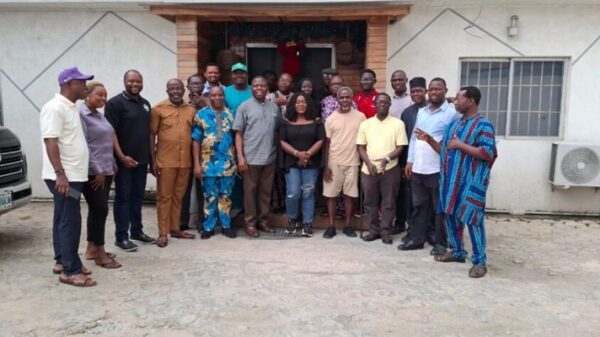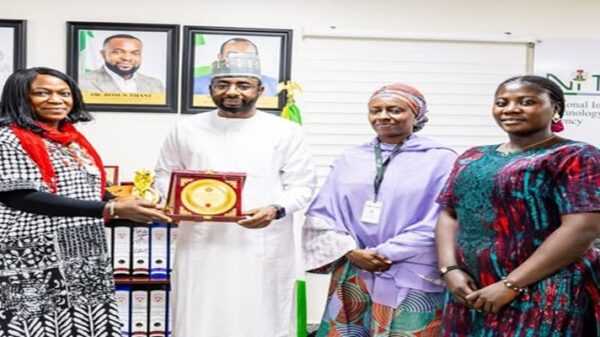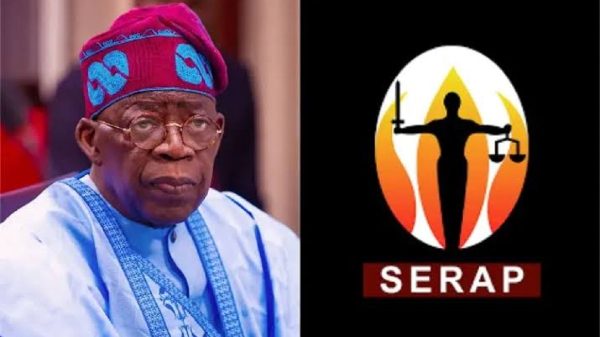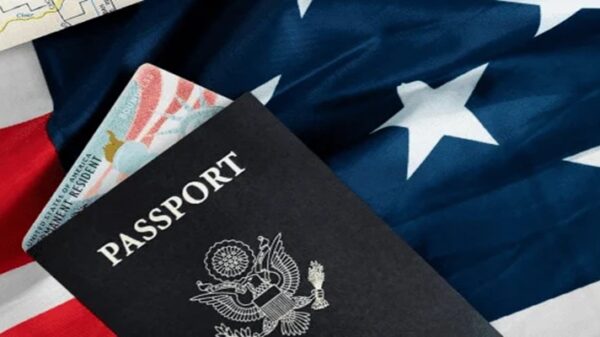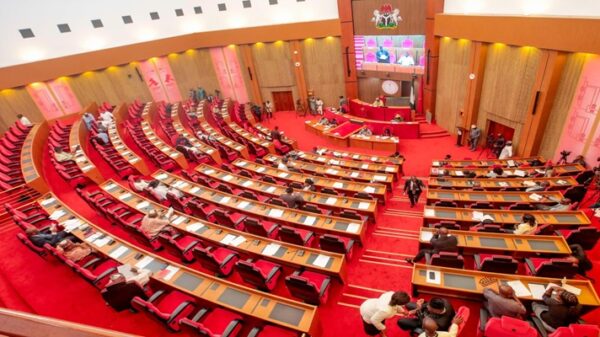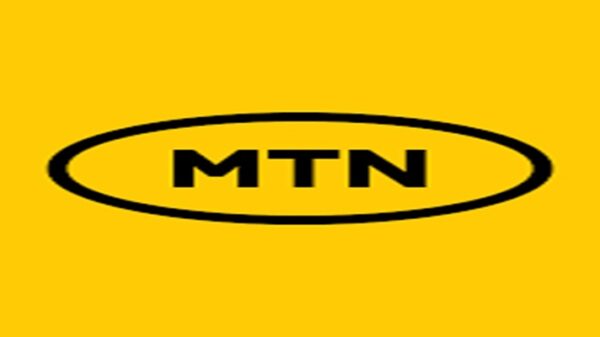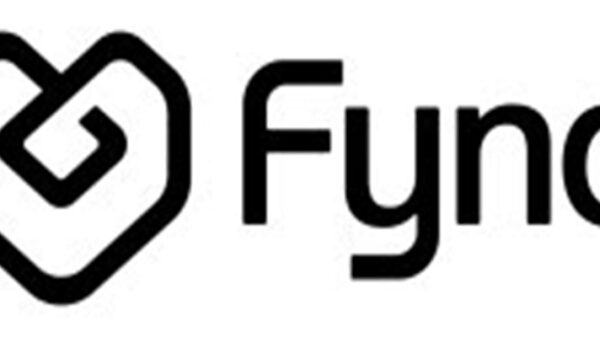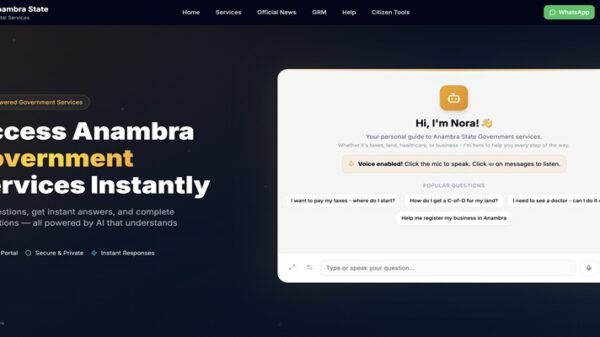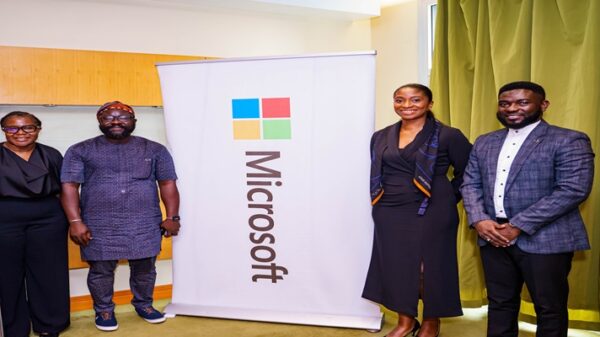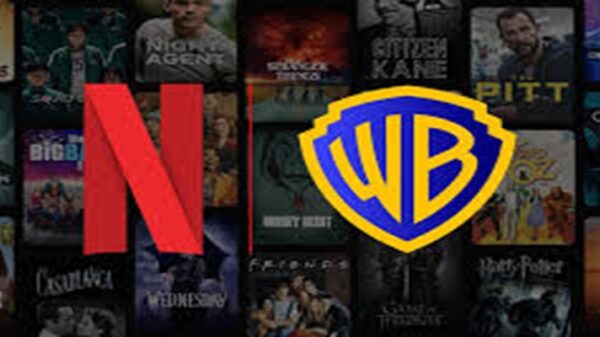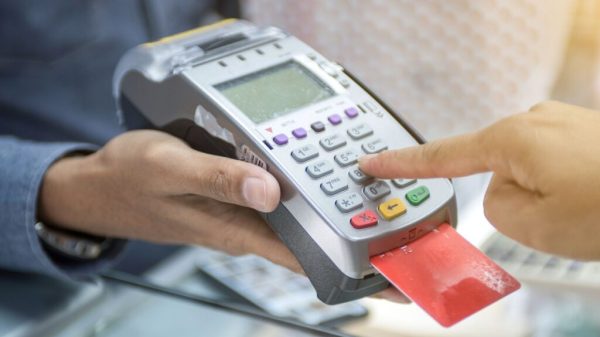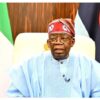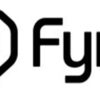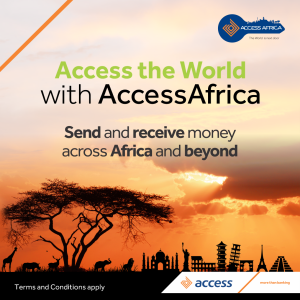By Ebun Ikenze, Client Relations Director, Ad Dynamo by Aleph
Unless they cater specifically to an older niche, most brands want to grab the attention of young people. That makes sense too. Young people are tastemakers and the guardians of what’s cool and what isn’t. And, if you grab their attention while they’re still young, there’s a good chance they’ll stay loyal for a very long time. It is no wonder, then, that so many brands are showing an interest in Africa.
As other major population centres age out and face stagnant (or even decreasing) birth rates, Africa remains home to a young and growing population. In fact, as of 2022, around 40% of the population was aged 15 years and younger. Its overall population, meanwhile, currently sits at around 1.4 billion and is expected to grow to 2.5 billion people by 2050. And by 2030, young Africans are expected to constitute 42% of global youth.
But attracting all those young people to your brand is more complex than launching it and hoping they’ll come. You also have to market it actively. And the best way of doing so is through targeted, relevant messages on the digital platforms that most young Africans spend the majority of their time on.
Connected, savvy, and cool
That focus on digital platforms might seem strange given that overall levels of internet access in Africa (currently at 43%) remain below the global average (66%), but internet connectivity is growing rapidly across Africa. Thanks to the increasing number of undersea cables linking African countries with each other and the rest of the world, connectivity has become faster, more ubiquitous, and more affordable. That impact can be seen in the fact that, by 2022, the continent had more than doubled the number of internet users it had in 2015.
Internet traffic has grown too. In fact, between 2018 and 2022, Africa saw the most rapid growth in international internet bandwidth. While global average bandwidth growth during that period was 28%, Africa saw 44% growth in the same period. Young people are a major driving force behind that growth in internet adoption and traffic. While not an exact proxy for internet connectivity, it’s illuminating that in 2019, sub-Saharan Africa was expected to add more than 160 million mobile subscribers by 2025, driven primarily by the youth population.
With those improvements in connectivity come increased levels of consumer savviness. That means that consumers increasingly want the same kinds of brand experiences as their counterparts in other countries and will actively seek out those experiences.
Being where they are
Therefore, brands must do everything they can to be where those young people are when they’re seeking out those experiences.
That means those brands must have presences on major digital platforms, including those owned by Meta (Facebook, WhatsApp, and Instagram), as well as on the likes of Snap and Spotify. It’s also telling how invested those platforms are in the continent. Spotify, for example, views Africa as crucial to its ambitions of doubling its global user base by 2030.
They clearly see the potential in Africa’s young and increasingly connected population, so shouldn’t you too?
Partner with the experts
Of course, as much as those platforms have made it as easy as possible to advertise on them, brands can’t simply launch a campaign and hope for the best. They should instead partner with experts who can help ensure that their campaigns are as effective as possible.
Such a partner will have expertise in each of the most important platforms as well as extensive experience in the markets your brand is trying to break into. That on-the-ground knowledge in particular should never be underestimated. It can be the difference between a successful campaign and a total flop.
The right partner will also help you deliver creative excellence at a transparent price, maximising the impact of your digital campaigns.
Embracing Africa’s big digital shifts
There is no doubt that Africa is undergoing massive shifts and that its growing, youthful population represents a massive opportunity for the brands willing to take advantage of it. And if they’re to take advantage of that opportunity, they also need to ride the continent’s growing levels of connectivity. Crucially, they shouldn’t do it alone and should instead partner with people who understand both the continent and the most relevant online platforms used across it.
The brands that get that right stand to see serious and lasting gains.
![]()

